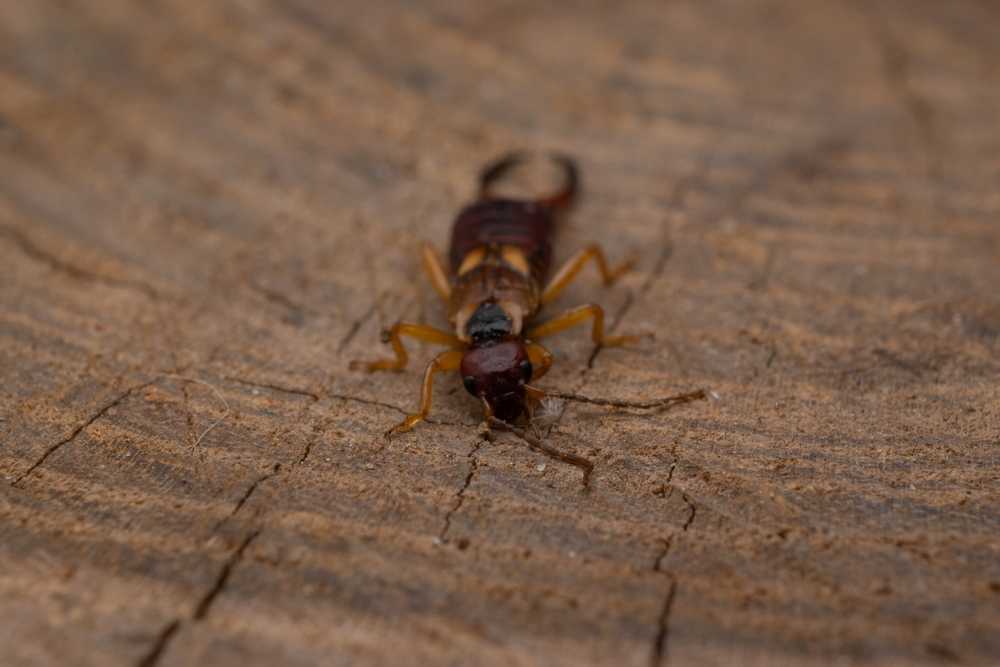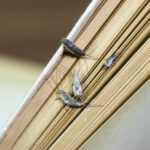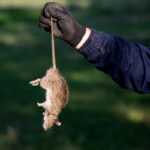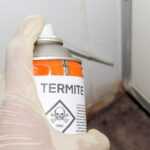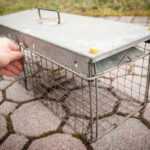Pincher Bugs: Top Tips to Get Rid of Them and Keep Them Away
Pincher bugs, also known as earwigs, are insects from the insect order Dermaptera that display strong pincers on their abdomen. Although their appearance can be surprising, these nocturnal insects are generally harmless. They prefer to hide in damp, shady areas such as under leaves, mulch, rocks, and lawn furniture during the day. While pinching bugs sometimes bite plant leaves, they mostly act as curious visitors rather than destructive garden pests.
- Pincher bugs (earwigs) are night-active insects that thrive in moist areas and frequently surprise gardeners during summer evenings.
- Understanding their sneaky nature, life cycle, and diet helps you catch earwigs early and gain control before they invade homes and damage gardens.
- Sealing entry points, yard maintenance, and natural traps using diatomaceous earth, beer, and soy sauce effectively prevent earwigs infestations.
- Fun fact: pincher bugs have been around for over 200 million years, making them ancient survivors that have adapted to many environments!
Understanding Pincher Bugs
The insect order Dermaptera includes nearly 2,000 species worldwide, with over 22 earwig species established in the United States. These small insects range from 0.25 inches to 1 inch long and vary in color from light brown to deep reddish and black. Their cerci pincers serve both as defense tools and instruments during mating. Male earwigs have long, curved pincers, while female earwigs have shorter, straighter pincers.
Pincher bugs live in moist, shaded areas beneath mulch, rocks, and lawn furniture, where they rest during the day. As nocturnal insects, they are often unnoticed until nightfall when they become active.
Are Pincher Bugs and Earwigs the Same?
Yes! Pincher bugs and earwigs are two names for the same insect species. The name “pincher bug” highlights their distinctive pincers, while “earwig” comes from the myth that these bugs crawl into people’s ears—an unfounded legend. Most earwigs live outdoors but may invade homes through small openings seeking moisture and shelter, especially in humid climates.
Do Pincher Bugs Have Wings?
Surprisingly, yes. Pincher bugs have two types of wings: strong forewings and delicate hindwings folded underneath. However, they rarely fly and prefer crawling through shady areas and other moist habitats.
Life Cycle and Reproduction of Pincher Bugs
Female pincher bugs lay 100 to 300 eggs in damp soil or other moist locations during spring. They protect their eggs by cleaning them to prevent fungal infections. Eggs hatch after about seven days, releasing nymphs that molt five times before reaching adulthood. During these molts, nymphs develop their pincers and darken in color.
Interestingly, female earwigs exhibit maternal care, guarding their eggs and even feeding the young nymphs until they can fend for themselves — a rare behavior in insects!
Understanding this life cycle helps pest control professionals time their treatments effectively to prevent earwig infestations.
What Do Pincher Bugs Eat?
Pincher bugs are omnivores that eat a variety of organic material, including dead or decaying plant and animal matter, insect eggs, aphids, grubs, maggots, and armyworms. They also consume living plants, especially young foliage and other tender plant material such as flowers and lettuce. This diet makes them both beneficial decomposers and potential garden pests.
Impact on Gardens and Plants
While pincher bugs help maintain ecosystem balance by decomposing organic matter and preying on other pests, a large earwig infestation can cause significant damage to seedlings and young plants. Look for irregular holes and damaged leaves as signs of infestation.
How to Notice Earwigs and Pincher Bug Infestations
You can find earwigs around outdoor lights during summer evenings and hiding under mulch, stones, and lawn furniture during the day. Plant damage near these areas often indicates an infestation.
Natural Predators of Pincher Bugs
Spiders, birds, and other garden creatures act as natural predators that help control pincher bug populations. Supporting these natural allies is an important part of integrated pest management.
Do Pincher Bugs Present Any Risk to Human Health?
Pincher bugs are generally harmless to humans. Their pincers may deliver a gentle pinch if they feel threatened, but they do not have venom or pose any health risk.
How to Prevent and Get Rid of Earwigs
To prevent and get rid of earwigs, start by sealing any cracks or gaps around your home’s foundation, windows, and doors to keep them from finding a way inside. Regularly remove leaf litter, mulch, and garden debris to eliminate their favorite hiding spots. Repair leaks and improve drainage to reduce damp areas near your home, since moisture attracts earwigs. You can also replace outdoor lights with yellow bulbs or simply turn them off on summer nights to avoid drawing these pests in. For an added layer of protection, try planting natural repellents like garlic or mint around your garden edges to help keep earwigs away.
Natural Remedies for Pincher Bug Control
Natural remedies for pincher bug control can be both safe and effective. Diatomaceous earth works as a natural desiccant, drying out earwigs on contact. Beer traps are another simple solution, luring earwigs into shallow containers where they drown. You can also mix soy sauce and water to attract and trap these pests. Additionally, neem oil sprays help repel pincher bugs while keeping your garden plants protected.
Additional Tips to Manage Pincher Bugs
Try to keep firewood and compost piles away from your home’s foundation—earwigs love to hide in those dark, damp spots. Keep your lawn and garden tidy by trimming back overgrown plants and reducing excess mulch. Avoid overwatering your yard to help limit the moisture that draws them in. Setting up sticky traps near entry points can catch any pincher bugs trying to sneak indoors, and giving your garden tools and outdoor furniture a quick clean now and then will make your space less inviting to them.
When to Call a Pest Control Professional
If you’re seeing more earwigs than you can handle, it might be time to call in the pros. A pest control expert can find out where they’re coming from and use targeted treatments to get rid of pincher bugs for good. With professional help, you can protect your home and garden and keep pests from coming back.
Pincher bugs thrive in shady, moist areas and feed on everything from dead leaves to living plants. While they’re harmless to people, they can still be a headache in the garden—and sometimes even make their way indoors looking for moisture. Learning about their behavior, diet, and life cycle can help you stay one step ahead.
Research from universities like Ohio State has shown that consistent maintenance and preventive care are the best long-term defenses against earwigs. By sealing entry points, keeping your yard in good shape, and using natural remedies, you can make your home far less appealing to these pests. And if the problem ever gets out of hand, PURCOR is just a call away—ready to help you reclaim your home and keep it pest-free.
Frequently Asked Questions
Are pincher bugs and earwigs the same?
Absolutely! These two names refer to the same pincered insect.
Do pincher bugs have wings?
Yes, but they prefer crawling over flying.
What do pincher bugs eat?
They eat dead or decaying plant and animal matter, insect eggs, and tender garden plants.
Are pincher bugs harmful to humans?
No, they are generally harmless and won’t hurt you.
How long do pincher bug eggs take to hatch?
Eggs typically hatch after about seven days in moist environments.
With these tips, you can effectively prevent and manage pincher bug infestations, keeping your home and garden pest-free.
